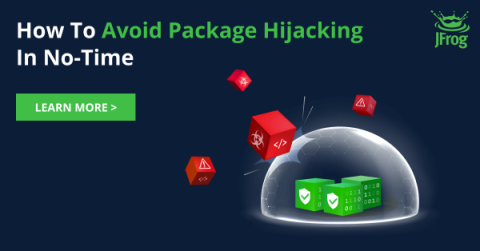What Is an Email Account Takeover Attack?
An email account takeover is a type of account takeover attack in which a cybercriminal gains unauthorized access to a user’s email account. Cybercriminals can gain access by stealing your email’s login credentials or finding them on the dark web. When a cybercriminal has gained access to your email account, they can lock you out of your account, monitor your activity, access your sensitive information, take over other accounts and impersonate you.









